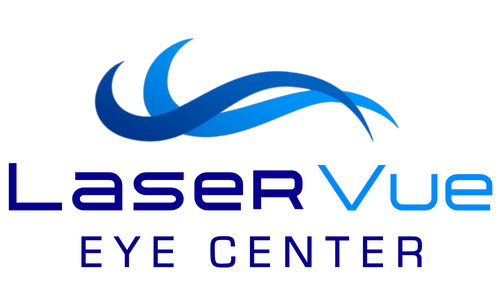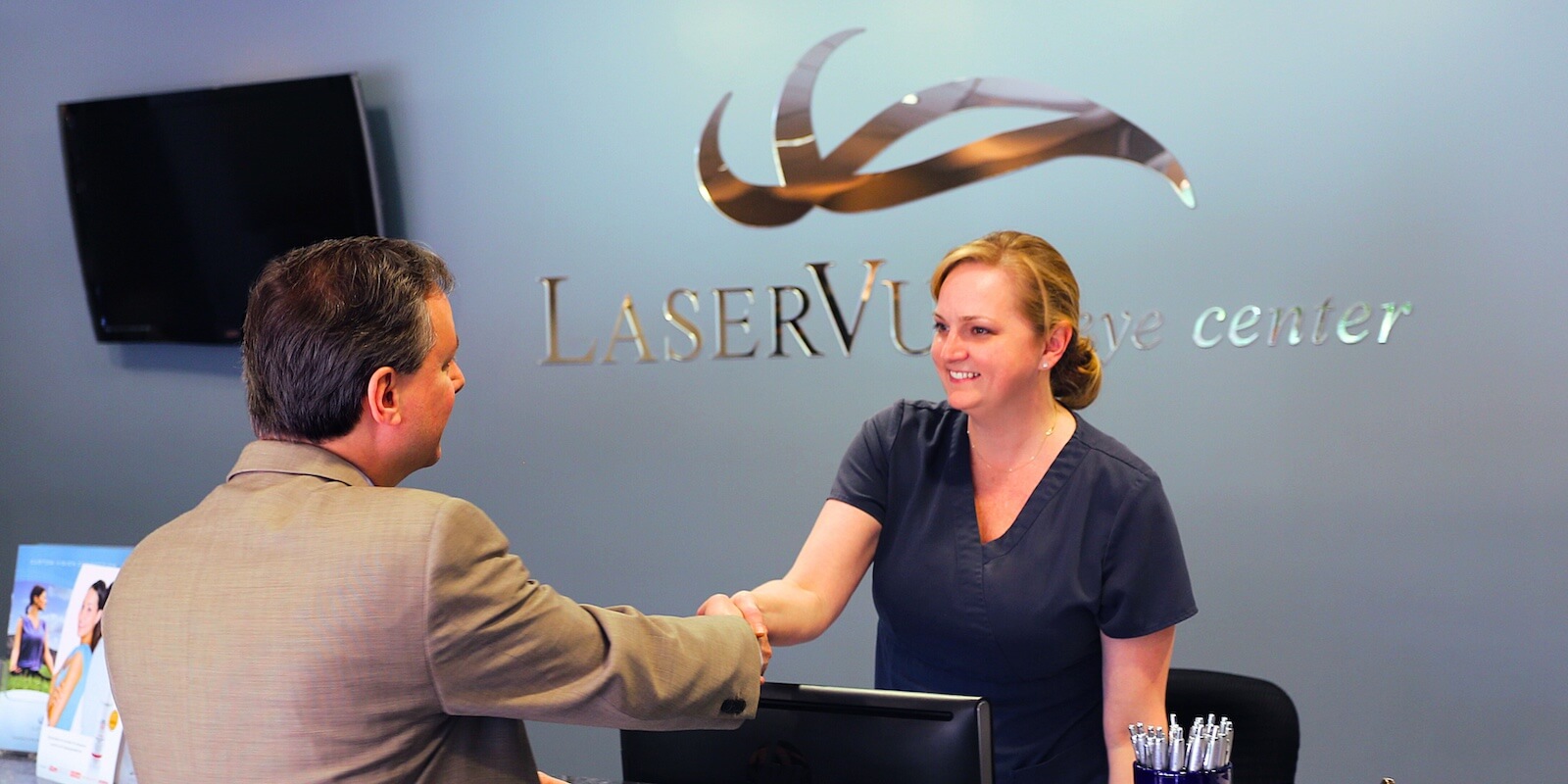What is PRK?
PRK, LASEK, and Epi-LASIK Are All Arocedures That Use the Excimer Laser to Reshape the Surface of the Cornea
These differ from LASIK in that there is no need to create a corneal flap, avoiding potential flap complications.
PRK
Prior to LASIK, PRK surgery was the most commonly performed laser vision correction procedure. It was the first FDA-approved procedure changing the curvature of the cornea with the excimer laser.
Who is PRK for?
PRK surgery is best suited for patients who are not candidates for LASIK, including those with thinner corneas, irregularly shaped corneas, corneal scars, or with vocational or sports-related limitations where a corneal flap is contraindicated.
How does PRK work?
In PRK, the topmost layer of the cornea, called the epithelium, is removed and allowed to grow back naturally over the course of 3-4 days. The surface of the cornea is reshaped using the excimer laser.
Is PRK Safe?
As a laser vision correction procedure with more than 25 years of clinical history, PRK is an excellent alternative to the more popular LASIK procedure. Like LASIK, PRK is both safe and effective. Visual outcomes with PRK are similar to LASIK, however the recovery process involves more discomfort as the eyes surface heals.

What is the Difference Between LASIK and PRK Procedures?
Although both procedures appear very similar, there are a few key differences between them. The main difference is where on the cornea the excimer laser is applied.
During a LASIK procedure, a corneal flap is first created with a femtosecond laser. This flap is then lifted, and an excimer laser is applied to the underlying corneal bed to reshape the cornea. The flap is then put back into its original position and allowed to heal naturally over the next several days. Antibiotic and steroid drops are used post-operative for a short period of time to aid in healing.
During a PRK procedure, the fine outer layer of the cornea, or epithelium, is removed to expose the underlying cornea instead of creating a hinged corneal flap as with LASIK. The same excimer laser is applied to the underlying cornea. A bandage contact lens is placed on the eye to promote healing of the corneal surface which normally occurs within a week. Antibiotic and steroid drops are also used post-operative for a longer period of time compared to LASIK.
Differences in Recovery
The difference between these two procedures is not found in the results. Studies have shown that LASIK and PRK provide similar vision correction. However, PRK patients are usually less comfortable and visual recovery is slower. The difference is in how long it takes to get the desired visual outcome. Given the success of LASIK, PRK is mostly used for patients who have thinner corneas, have high prescriptions, and have other reasons that make them poor candidates for LASIK.
PRK Recovery
With PRK, the initial discomfort, blurriness, and distorted vision can last for several days. Peak clarity from PRK laser eye surgery can take up to six months. The main advantage of PRK is, however, it leaves the integrity of your cornea stronger than LASIK since no flap is created.
LASIK Recovery
In LASIK, the discomfort that follows is usually mild and short-lived. Many patients report that their visual acuity is dramatically improved within a few hours after surgery, although this continues to refine over the coming months. Peak clarity is normally achieved within 1-2 months.
For those who struggle with the issues related to reliance on corrective glasses and contact lenses for clear vision, and for whom LASIK is not an appropriate choice, PRK is an excellent choice. Unlike LASIK, the PRK procedure does not include creating a flap in the corneal tissue prior to performing the laser vision correction. By preserving more of the corneal tissue for treatment, PRK allows more people to take advantage of the benefits of laser vision correction.
How do LASEK and Epi-LASEK work?
With LASEK and Epi-LASEK, the epithelium is moved aside and then replaced after surgery.

LaserVue Performs PRK for Patients in the Bay Area
PRK Candidacy
PRK may be the right choice for certain clinical situations, such as:
2 Year Financing
PRK should be affordable for everyone. With 24-month financing, you can make payments that work for you.
Flex Spending
If you have a Flexible Spending Account (FSA) through your employer, you can save hundreds on PRK.
Cost vs. Risk
As with every surgery, the cost and the risks of PRK should be carefully considered beforehand.
Cost
One of the first questions asked is always “What does it cost?” Which is why we provide you with all the information needed to make an informed financial decision. You can save thousands of dollars by ditching your glasses and contacts.
After The Procedure
After PRK surgery, the usual full recovery time is about 3 months, though patients heal at different rates.
Although it can take a few weeks to a few months for patients to fully reach their optimal vision, outcomes for PRK, LASEK, and Epi-LASIK are similar.
3-5 Days Post-Surgery
Patients usually experience some discomfort and blurred vision during the first few days. Halos and glare may be present at this time. Additionally, patients are normally placed on a regimen of anti-inflammatory eye drops for a two-to-four-months following the PRK procedure.
Most patients can resume normal activities within a few days.
1 Week Post-Surgery
Most patients report significantly improved vision by the end of the first week.
1 Month Post-Surgery
Majority of patients report that most of their side effects have subsided.
3 Months Post-Surgery
Most patients are fully functioning without glasses or contacts.






